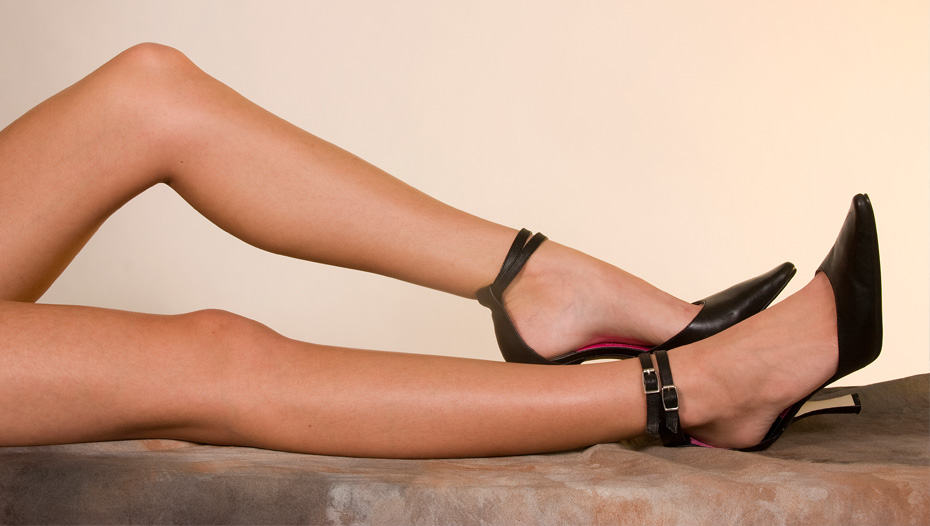
Calf Reduction Bangkok: Non-Invasive Techniques Vs. Surgery
Woman with slender calves on the beach.
Slender Lower Legs: Calf Reduction Trend is here to Stay
Slender calves are considered in many Asian cultures as more feminine and attractive. It’s a cultural perception of beauty that goes back many generations and reflects a physique that’s associated with living a privileged, more affluent lifestyle. This body trend is so prevalent in fact that a number of techniques, surgical and non-surgical, have emerged over the years to cater to this growing demographic of women.
The desire for calf reduction in countries such as Thailand, Korea and China can be attributed to the tendency for some Asian women to have a shorter, more muscular gastrocnemius muscle (a condition referred to as muscular hypertrophy). To address this common complaint treatments being offered range from non-invasive calf reduction with Botox, to liposuction to the most extreme end of the spectrum – surgery.
Each method has its list of pros and cons. Therefore, if you’re unsatisfied with the appearance of your calves and you’re considering all your options for calf reduction, you’ll want to take into account your budget, severity of your muscle hypertrophy and how long you want the results to last.
Botox Calf Reduction: The Least Invasive Option
The most popular non-surgical calf reduction approach is to shrink the size of the muscle with neuromodulators such as Botox. The procedure involves injecting anywhere from 50-100 units of Botox into each gastrocnemius every 4-6 months. This stops the muscle contractions that cause movement, producing a gradual slimming of the lower leg, a result that lasts 6-8 months.
If you decide to go this route make sure to seek care from a qualified medical professional. The arteries in your legs pump blood to your heart and the rest of your body. An experienced Botox injector will know which arteries need to be avoided to prevent any health complications.
Liposuction Trims Fat: Not Ideal for Muscular Calf Reduction
Liposuction for calf reduction is a minimally-invasive procedure that involves inserting a small cannula under the skin to remove excess fat and decrease lower leg circumference. It’s less invasive than surgery and the results are for the most part permanent. Doctors prefer this technique predominantly for contouring and shaping the calves. If your main concern is an overdeveloped gastrocnemius, however, liposuction will not benefit your condition. For best and safest results, Botox calf reduction is currently your best non-surgical option.
Higher Risks with Surgical Methods of Calf Reduction
Surgery although permanent carries the most risk out of all the calf reduction procedures. Selective neurectomy, for instance, involves severing nerves to the calf muscle in order to reduce its size and strength. There’s also partial calf resection, a surgical removal of part of the calf muscle responsible for giving calves excess bulk. Both procedures can result in severe pain, cramping and difficulty walking for several weeks or even months.
Other serious and permanent complications can occur such as deformity of muscle tissue and excess muscle loss. The risk of complication is so high that some Asian countries have banned calf reduction surgery altogether. If you’re looking for slender, more feminine lower legs then calf reduction with Botox is the best procedure available. We invite you to visit Masterpiece Hospital, Bangkok to learn more about non-surgical calf reduction.


